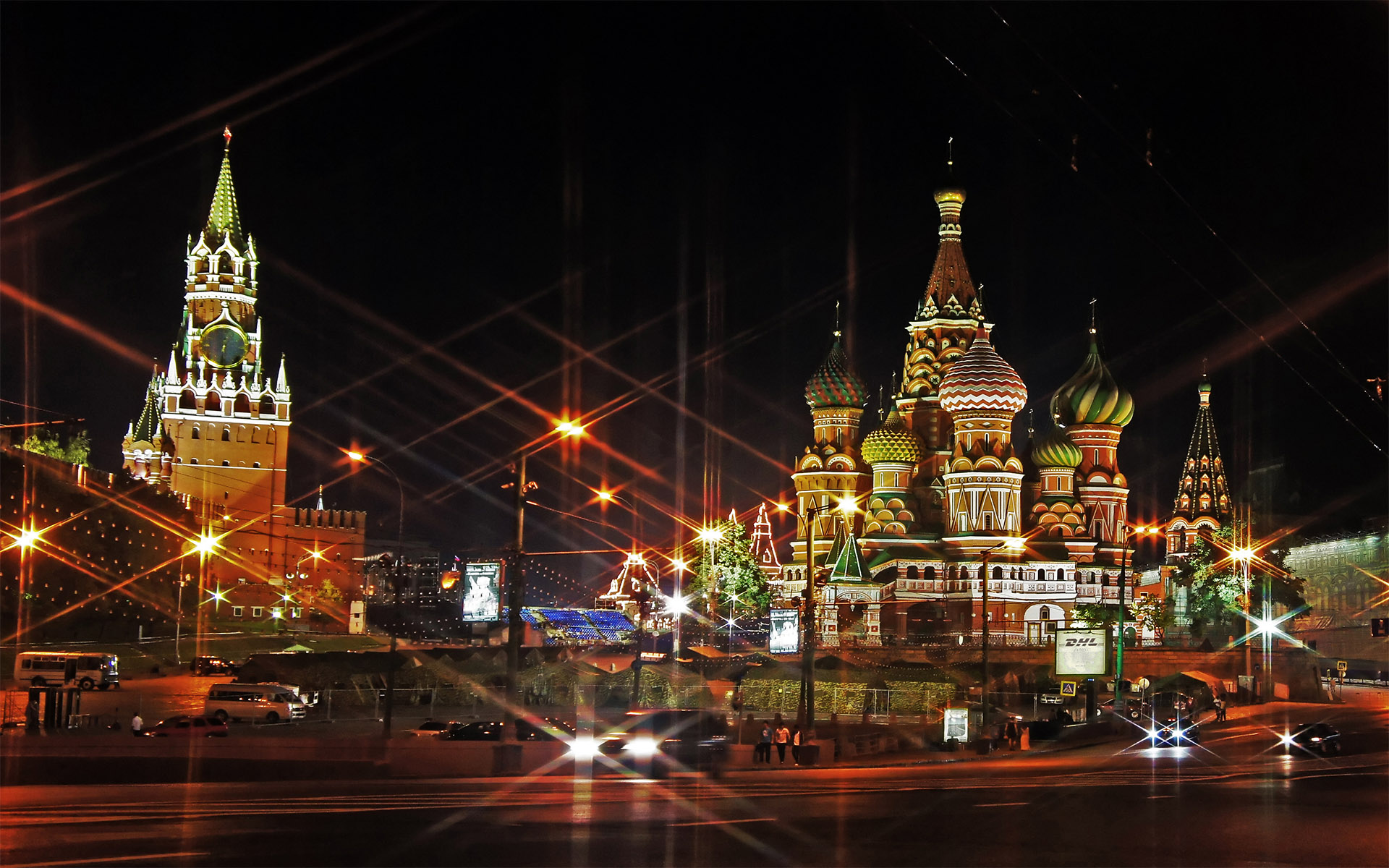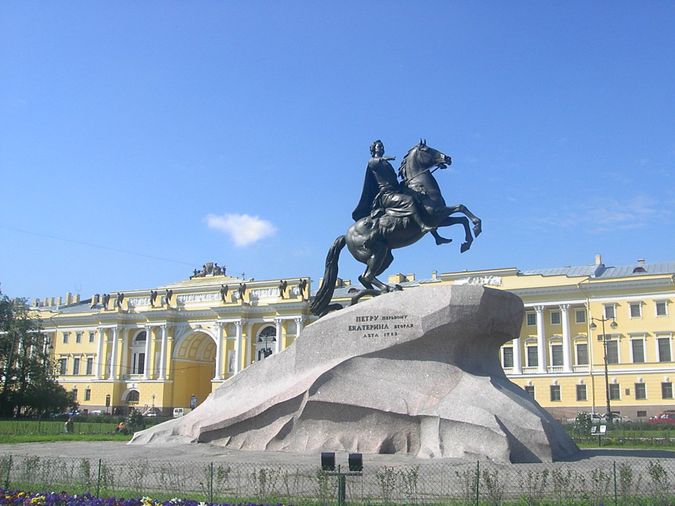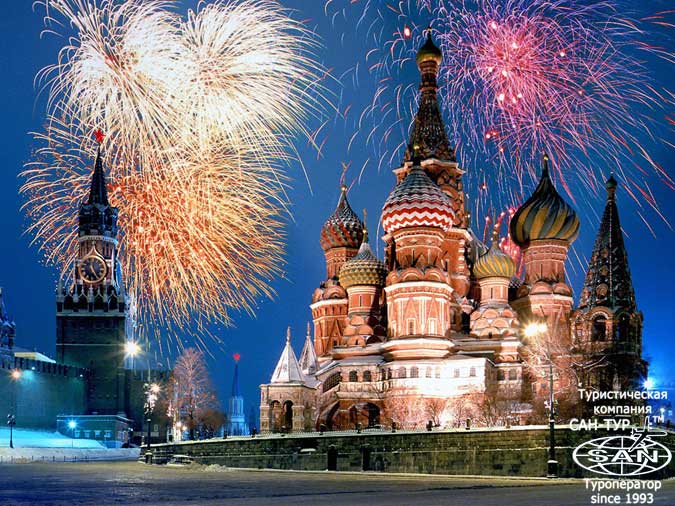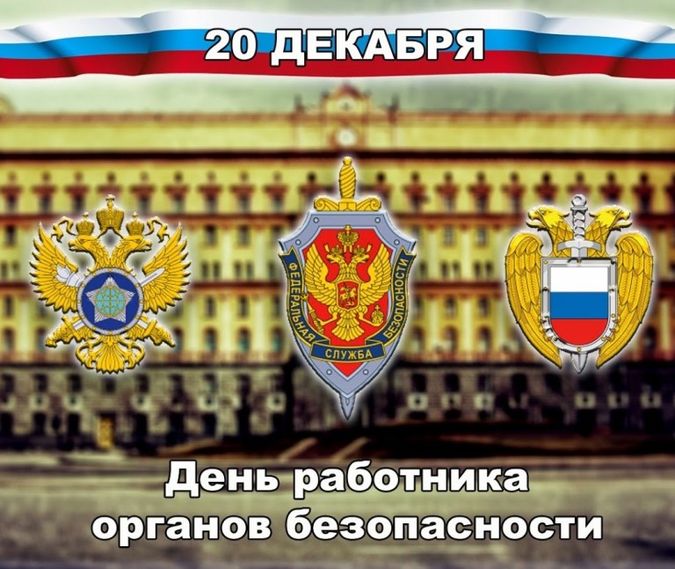|
Moscow, Russia, +7(495) 774-37-38
|
|
Welcome to moscow! Moscow is a city of tremendous power and energy. Hulking gothic towers loom over broad avenues that form a sprawling web around the Kremlin and course with traffic day and night. The Soviet past looms large, but the city embraces capitalism with gusto.
St. Petersburg - Russia's great northern capital. Many fans of travel, both Russian and foreign, dream of visiting Russia's great northern capital. Founded by Peter I in 1703, the city was always intended to be great, but the modern St. Petersburg has outgrown its old boundaries manyfold.
|
|
|
Нудистские отели Нудистские отели Нудистские отели Нудистские отели #нудистскиетуры#нудистскиеотели#нудистскийпляж#нудистскиекурорты#нудистызагоратьбезкупальников#отдыхбезодежды#отелидлянудистов#сантур#отдыхдляпар#туры Опубликовано 24 Dec 2025 12:52 pm
Отдых в феврале 2026. Куда поехать? Февраль Вьюги, метели, гололед, стужа. Да и усталость от долгой зимы уже чувствуется, повышается утомляемость, сказывается недостаток витаминов. Одним словом, в феврале особенно тянет отдохнуть, расслабиться где-нибудь в тропическом раю, на солнышке погреться, в море понырять, фруктов экзотических отведать, да чтобы не из супермаркета, а прямо с дерева. В общем, отдохнуть душой и телом в феврале и приятно, и полезно. #турывфеврале#турывфевралевавстрию#роскошныйотдыхвфеврале#отдыхвфеврале#отдыхсдетьмивфеврале#февральотдых#медовыймесяцвфеврале#туры#сантур#лучшиеотелифевраля Опубликовано 24 Dec 2025 12:48 pm
Профессиональный праздник Ранее, в течение многих десятилетий, 20 декабря отмечался неофициально как В этот день в 1917 году, в соответствии с Декретом Совнаркома, была образована Всероссийская чрезвычайная комиссия по борьбе с контрреволюцией и саботажем 6 февраля 1922 года ВЦИК принял постановление об упразднении ВЧК и образовании Государственного политического управления (ГПУ) при НКВД РСФСР. 2 ноября 1923 года Президиум ЦИК СССР создал Объединенное государственное политическое управление (ОГПУ) при СНК СССР. #деньчекиста#кгб#госбезопасность#20декабря#вчк#нквд#кгбссср#чк#ссср#пвкгбссср Опубликовано 20 Dec 2025 01:46 am
Moscow.Cosmopolitan in flavor, Russia’s capital exudes prosperity and vigor. From Stalin’s carved-marble metro stations to the sprawl of modern business complexes, Moscow flaunts its ambition with a penchant for going over the top. It’s an all-night-party town whose days offer endless opportunities for those who can keep up. A merchant capital by birth, Moscow was fashioned for big spenders, and money has always made the wheels go ‘round here. Now counted as one of the world’s most expensive cities, the only possible limit is the size of your wallet. 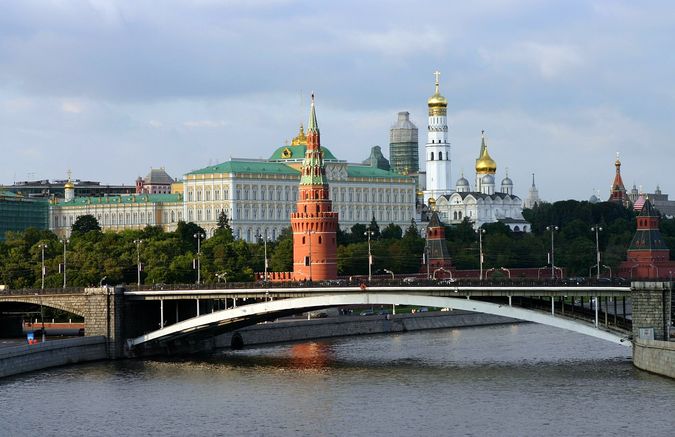 Moscow Environs and the Golden Ring. In the 12th to 14th centuries, the Golden Ring cities were the most important political, religious, and commercial centers in Russia before Moscow usurped all power. Nowadays these ancient enclaves are perfect destinations for rolling back the centuries. A visit to their medieval convents, ancient trade chambers, and kremlins is like stepping into a living encyclopedia of Russian culture, complete with picture-postcard views of onion-domed churches set on the banks of the Volga River. 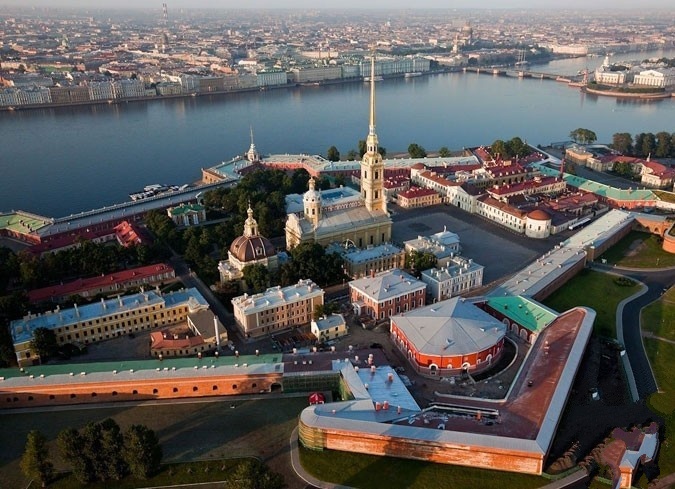 St. Petersburg. Serenity and reflection reign in this city. Tsars don’t rush—it would be undignified. St. Petersburg was founded as the new capital of the Russian Empire in 1703 by Peter the Great and still carries itself with austere regal grace. The city built on the marshy banks of the Neva River today attracts more tourists than anywhere else in Russia. A brilliant fusion created by Italian and French architects, St. Petersburg invites comparisons with Amsterdam, Venice, and Stockholm. The big attractions here are the pastimes of the nobility—artwork, classical concerts, ballet, and idyllic promenading in the 19th-century landscape. Summer Palaces and Historic Islands. Several of St. Petersburg’s imperial summer residences have been meticulously restored to their original splendor, and the sheer opulence is stunning. Peterhof’s (Petrodvorets) park is Russia’s answer to Versailles, while Catherine’s Palace at Pushkin (Tsarskoye Selo) houses the legendary Amber Room. Lomonosov (Oranienbaum), a UNESCO World Heritage Site, and the Konstantine Palace have both undergone restoration and are great places for a summer stroll or picnic. The islands of Kronshtadt and Vallam showcase another side of the city’s history. |

